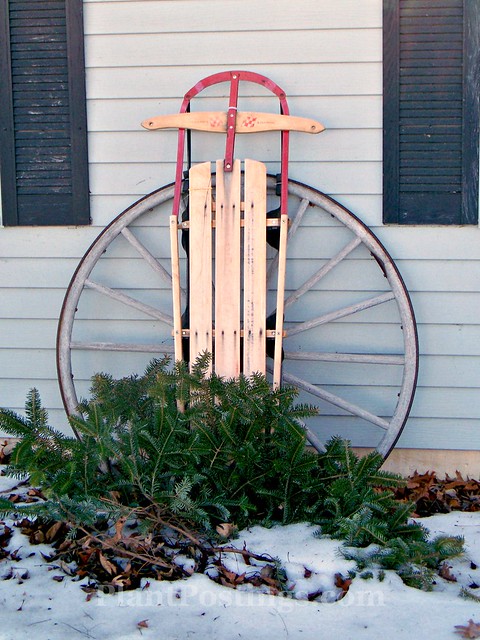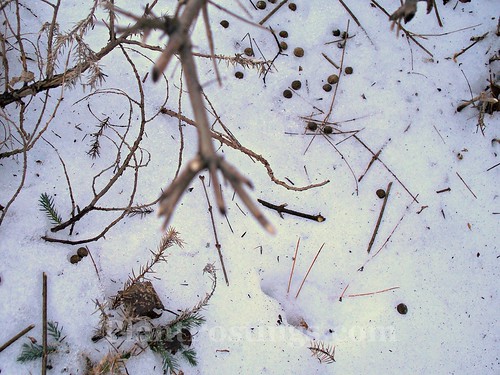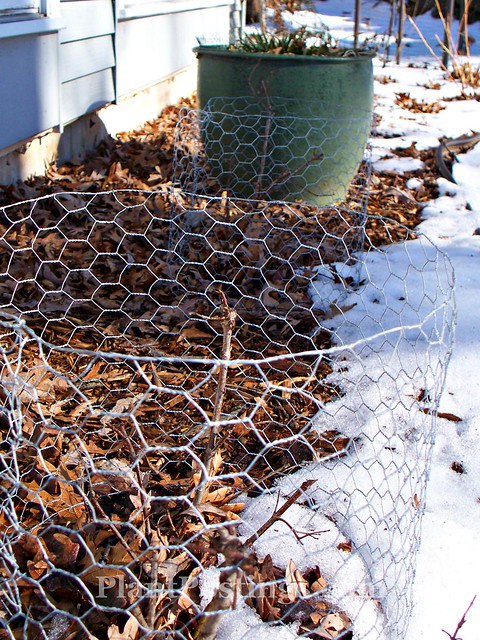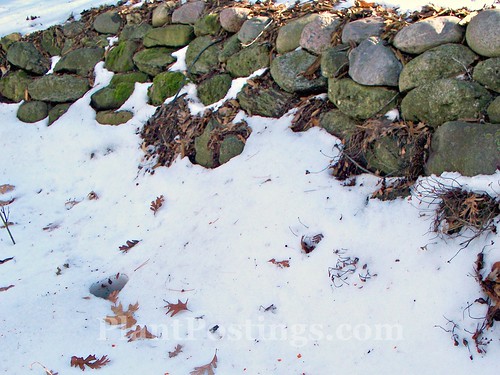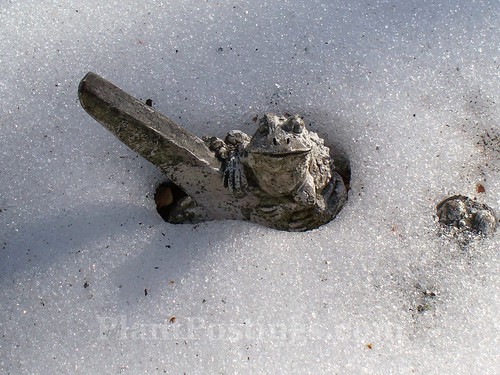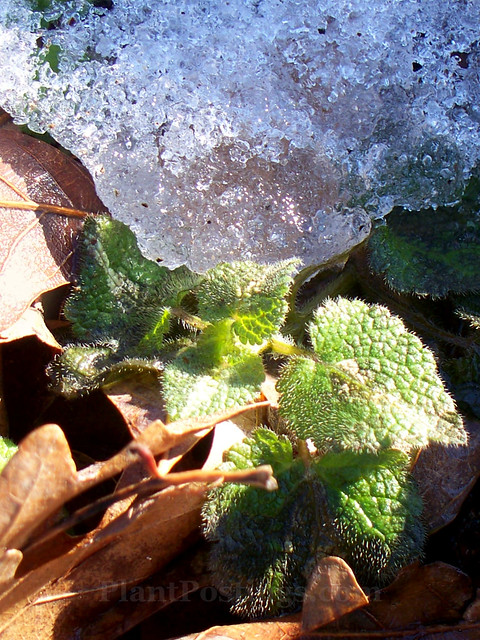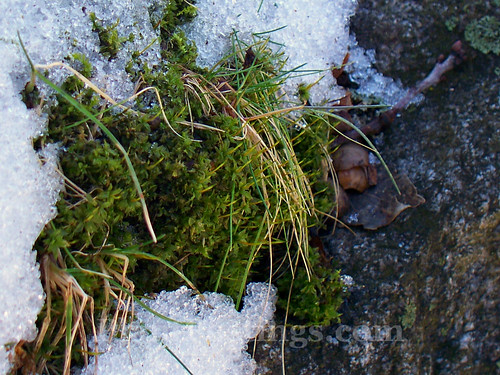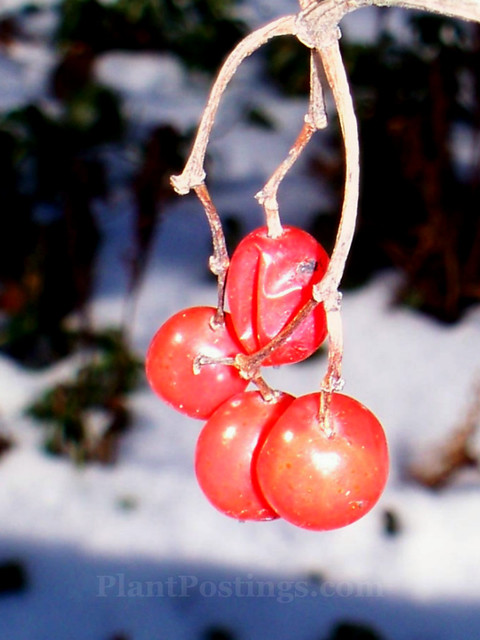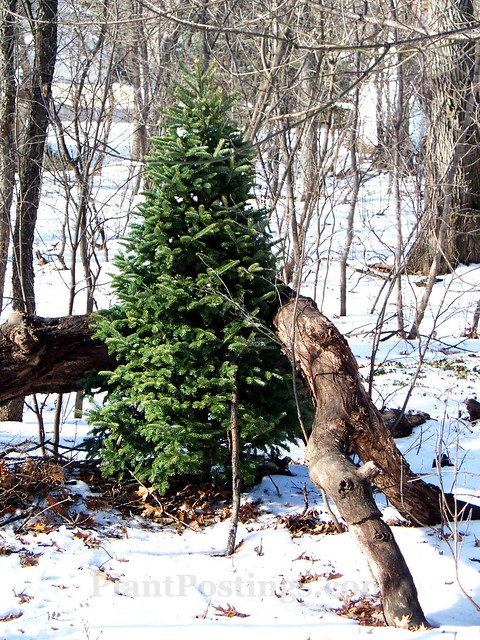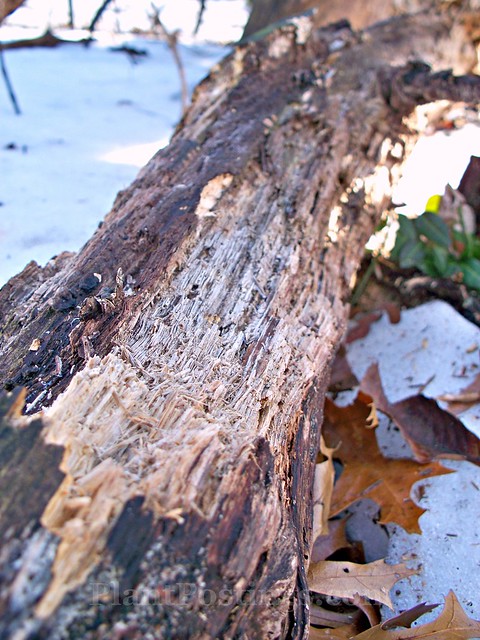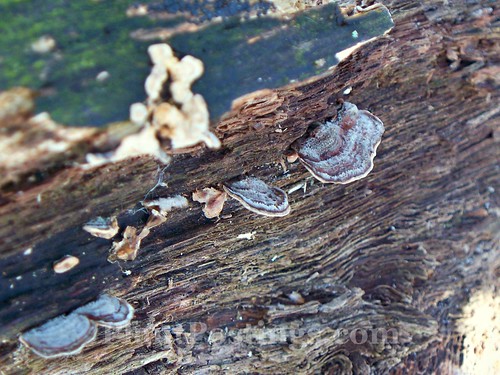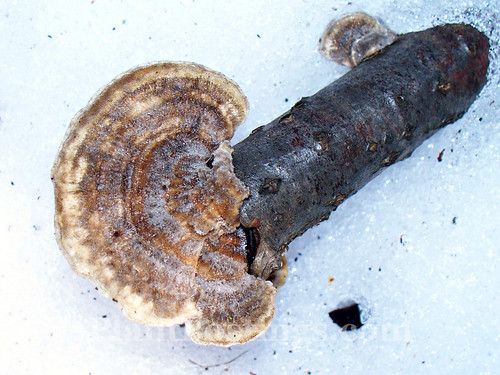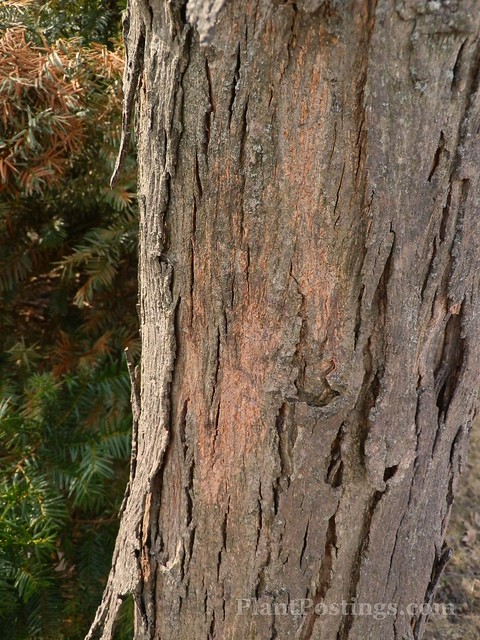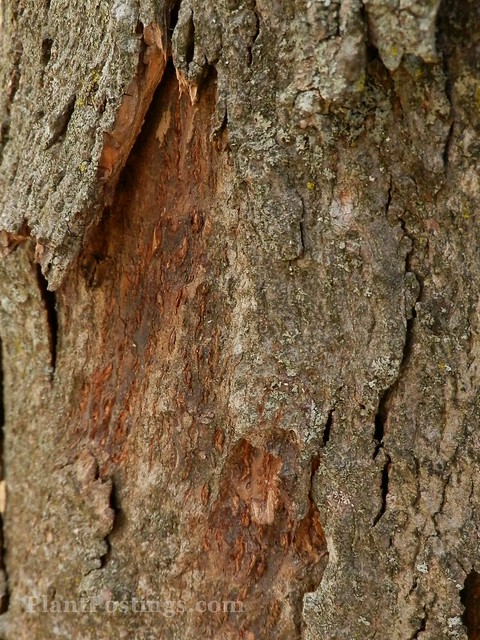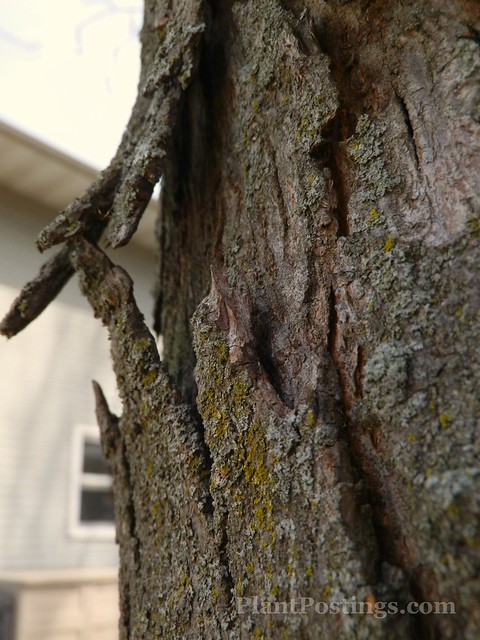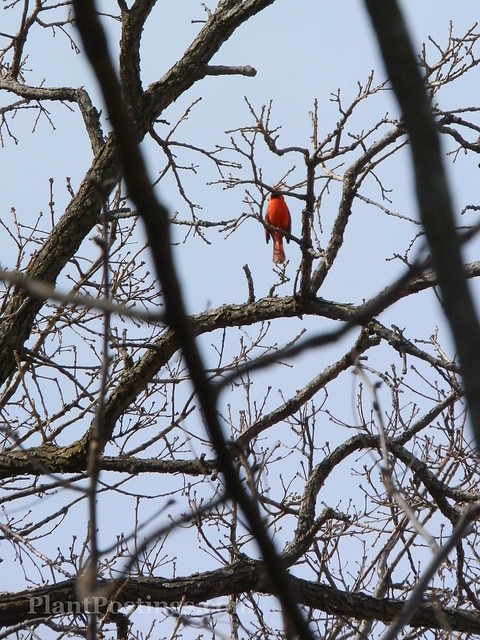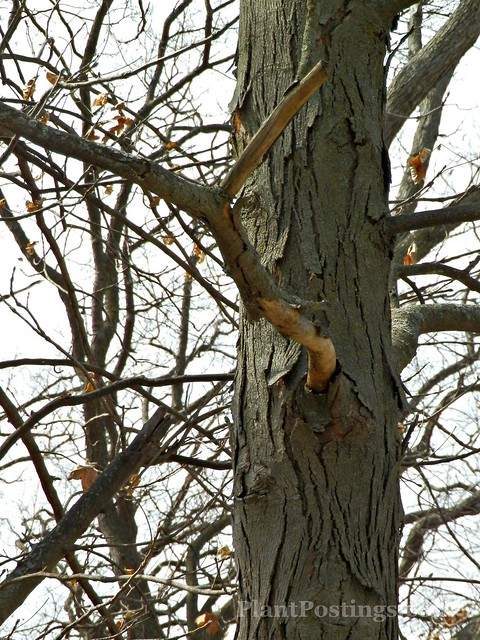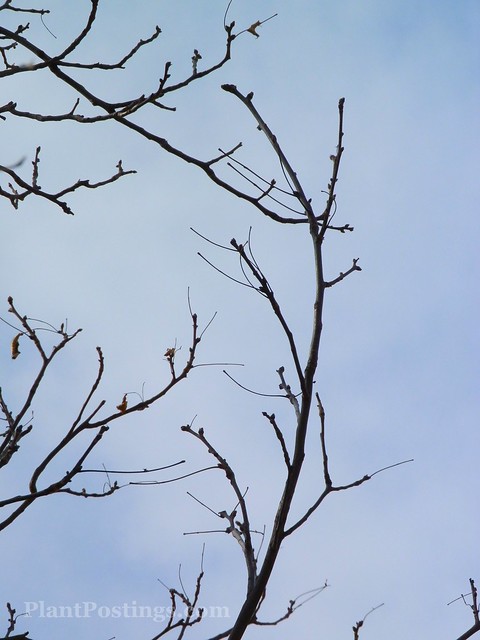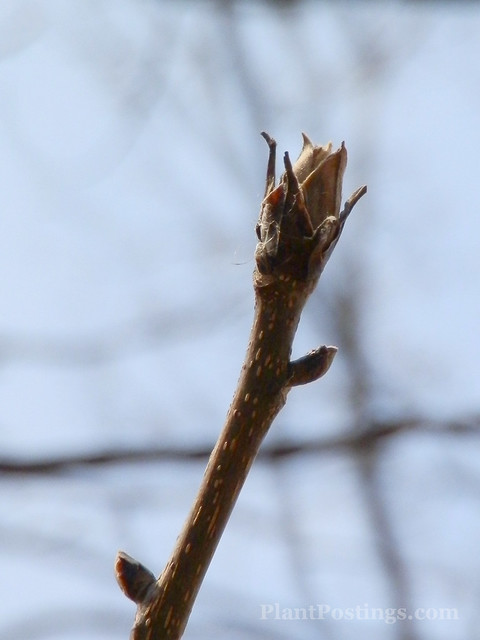
I've been thinking about color lately. Many of us talk about color being wiped from the landscape during the winter, and it can certainly seem that way on dark days in December, January, and early February.
But the colors are still there, aren't they? They aren't as obvious because the light is low, the colors aren't as intense, and the grays and browns dominate. On many winter days, we see a lot of this:
Or more accurately, this:
Even the snow incorporates shades of gray, metallics, and even browns and blues.
Because color pops against white, and when the sun is bright, berries and the stems of Red Osier Dogwoods add shades of dramatic burgundy and maroon and red to the landscape:
There's a certain blue-gray of a cloudy winter sky that seems to cry for brightness; while on other days, the sky sings in shades of crystal-clear, bright blues:


Greens are everywhere: the dark, nearly black shades of the conifers, as well as the lighter, vibrant mossy greens:


Of course, brown is always present, too, but oh so many shades of brown--from the dark browns of Oak leaves and soil, to the rusty, golden tones of moss sporophytes and the rainbows of browns on turkey tail fungi:


When we pull together all the colors in our minds, a simple color mosaic begins to paint the picture, with snow as a central element ... when it's present:

But that's not enough: There are so many patterns and shadings in between. Evergreens are often blue-green, and that blue-gray sky is mixed with clouds:

It's insufficient and it's truly just the start of an endless panorama of color. But it helps to paint the picture of winter's colors. Winter, actually, is quite a colorful season if we care to look closely:

* * * * * * * * * *
I've added a sidebar widget to this blog so I can record current inspiring colors around me. Do you ever feel inspired by the colors of nature?










